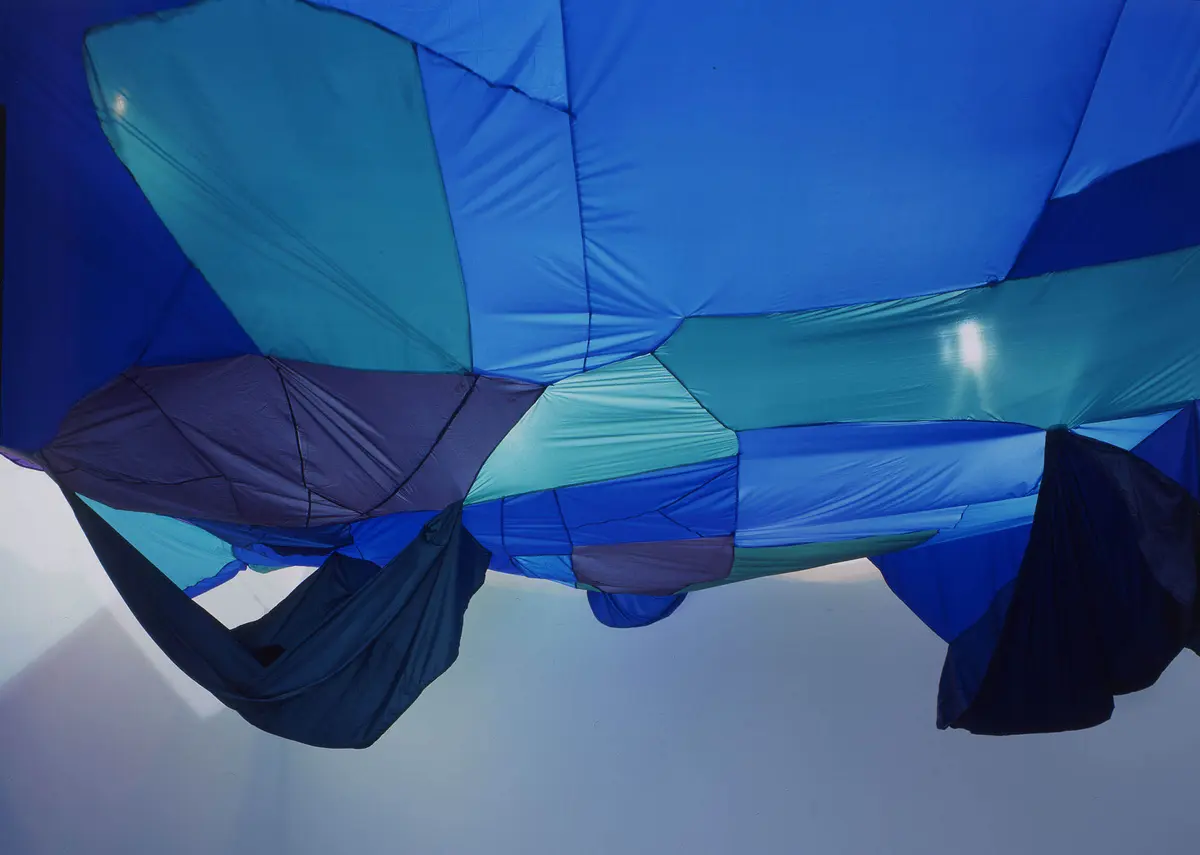We use cookies and other technologies to personalize your experience and collect analytics.
Free to Meet for Coffee Sometime Soon
Phillip Lai
Phillip Lai
Free to Meet for Coffee Sometime Soon
12 January – 11 February 2007
Press release

Within our surroundings are countless subtle control mechanisms, which curtail, encourage or halt our actions of supposed free will and as we hold tightly to an anachronistic notion of freedom, Lai questions the degree of our complicity.
The desire to belong to or be included within a community requires a level of submission in terms of personal freedom of will and actionable choice. In exchange for our compliance with certain rules and codes of behaviour we are promised acceptance. Deviance from these parameters sets us very clearly on the periphery and we are therefore denied the freedom afforded us in exchange for our obedience. In the pursuit of acceptance and liberty, we relinquish our actionable right to free will. Extending from this notion of community Lai’s installations and video-works within the gallery variously explore what he describes in paired terms as ‘collectivity and otherness’, through ideas of temporary detainment, deferral, the presence and role of the body and physical action.
In the main exhibition space a large canopy made from tenting fabric is suspended by a series of pulleys and ropes attached to the gallery walls. It’s sense is partly drawn from references in pop festival gatherings, with the shape and swagger of the fabric inspired by the canopy that hung over performers on the main stage during the 1969 New York music festival, Woodstock. Blithely infamous and synonymous with an era of perceived freedom, Woodstock embodies a circumstance in which we are coaxed into believing in a kind of personal self-rule borne from an 'us and them' mentality. Lai’s visual compounding of this situation to a sensation of being contained within the gallery space suggests both a more rarefied and claustrophobic condition that could refer both to the choreography of liberal spaces and a dependency of shelter.
In a second room, slim, hand-poured foam mattresses are stacked and laid on the floor in a sparse, bleached out and faintly abject vision. Suggestive of the makeshift encampments that are a currency within media imagery, coming to represent displacement of people as a result of tragic event and migrancy, Lai’s meagre resting places hint at invitation. Sallow and dejected the mattresses also speak of the bankruptcy of their form. Unable to offer more than they physically are, these slight offerings of respite become receptacles of inactivity; where waiting becomes an imposed offer. The room also visually echoes the enclosed space in which Lai's film, Untitled (flare - interior), 2007 is based. Questioning more explicitly the notions of willed action and autonomy, the film documents a small group of people sitting on foam mattresses, responding to instruction from behind camera and acting through varying agreement. Notified of their independence and ability to shape the proceedings of the film’s duration, the participants play out an unease of informality and free action that abstractly refers to the convolutions of societal complicity.
Similar to other materials previously used by Lai, such as petrol and soy, coffee is used within the exhibition as shorthand for a commodity that connotes a human aspect of trading and exchange but also presents itself as a darkly alluring, alien and indefinite material. Lai’s film Untitled (coffee display), 2007, shown at the entrance to the gallery on a large flat-screen panel, depicts a compulsive and almost gratuitous scene in which coffee grains are in a continuous rapture of agitation; the coffee sometimes appearing as soil or equally, dung. The undulation of this image in constant repetition evokes the soporific quality of a corporate frontof-house film, advocating in almost pornographic intensity the consumption of coffee. Exhausted and rinsed, the used coffee grains placed within two pouches in the underside of the canopy, also saturate the gallery with it’s intoxicating aroma, heightening the possibly aggressive promotional aspect of the film.
Lai’s inter-weaving of implicit and explicit states of capture underline the complexities in identifying the exercise of power and a notion of freedom in a liberal western democracy that is continuing to define this and manage insecurity not least in relation to the presence of cultural difference.